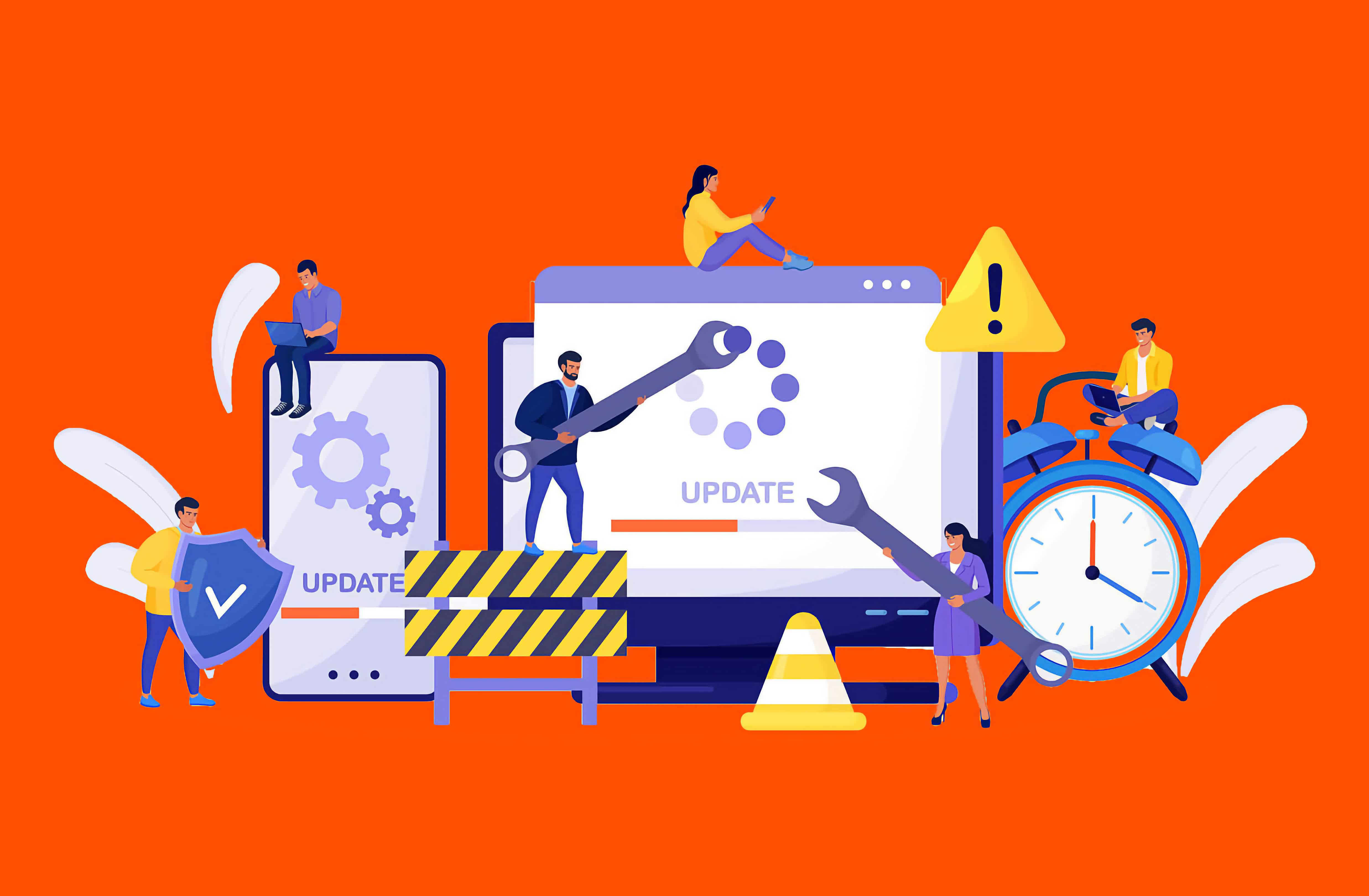您的当前位置:首页 > 烟雨·四段锦 > Failover vs. Failback: Two Disaster Recovery Methods 正文
时间:2025-06-15 06:04:41 来源:网络整理 编辑:烟雨·四段锦
A key distinction in the realm of disaster recovery is the one between failover and failback. Both t 关键字1
A key distinction in the realm of disaster recovery is 关键字1the one between failover and failback. Both terms describe two sides of the same coin, complementary processes that are often brought together.
However, their effects and purposes couldn't be more different. Both play critical roles in ensuring business continuity and disaster recovery, making it essential to understand what they are and how they differ.
Failover is a business continuity operation that ensures continued access to a system by fully transitioning to another instance of that system. This secondary system is designed to be resilient, ideally unaffected by the event that compromised the primary system.

Put simply, failover occurs when connectivity is switched from one system instance to another. This can happen in various ways, including:
Editor's Note:
This guest blog post was written by the staff at Pure Storage, an US-based publicly traded tech company dedicated to enterprise all-flash data storage solutions. Pure Storage keeps a very active blog, this is one of their "Purely Educational" posts that we are reprinting here with their permission.
The critical point about failover is that it involves a complete migration of logical or physical access from the primary system, server, or hosting location to a secondary one.
While other processes, such as load balancing, may distribute partial connectivity between system instances or components, they do not qualify as failover because they do not represent a full cutover.
Failback is the quintessential disaster recovery operation. It involves a full migration back to the production status quo – a recovery if you will – at the validated conclusion of a disaster.

Failback occurs when a system reverts back to the primary environment after the root cause of a disruption has been addressed. In practice, this looks like a failover, but in reverse. Once the primary system is restored, access is pointed to that system, and the standby is deactivated.
This reversion is a critical distinction. Some organizations may have complete standby systems for critical applications, which permit full operations on the standby system. In that case, the standby can rightfully be considered the primary and the repaired former primary the new standby.
Failover is critical in a business continuity event because it keeps operations running. By having a system to which your business can transition when a primary system is unavailable, you're able to continue doing business. People can work, revenue streams are preserved, and customers can be served.
Without failover, these functions could grind to a halt, leading to significant disruption. Many organizations depend on technology for critical processes, and when those processes are unavailable, analog alternatives may be insufficient or entirely obsolete. Failover ensures that even in a disaster, the business keeps moving.

Failback comes into play once the need for failover ends. As the disaster is resolved, failback allows the organization to return to normal operations. Typically, failback is necessary when the standby system cannot sustain operations as effectively as the primary system. For instance, a standby system may not be a full replica of the primary system and might be designed only for temporary use during an emergency.
For mission-critical systems, some organizations may build a standby system that is a full replica of the primary. While costly, this approach mitigates the risks of diminished functionality during disasters.
In an ideal world, every business would maintain two fully operational environments: a primary environment and an identical standby environment. This setup would allow for seamless transitions during disasters, ensuring that business operations are completely unaffected.
However, that model can effectively double an IT budget: two sets of endpoints, two sets of servers, two sets of cloud environments, two sets of data, staff to support that both in IT and business operations, etc. It's costly and inefficient for any company, to the point where no company truly maintains that support model.

Instead, most organizations opt for a failover and failback model because it balances cost and efficiency. With this approach, the standby environment is designed to sustain critical operations during a disaster, even if it's not as robust as the primary system. This makes it more economical, less work is duplicated, and the risk of data loss or impact is lower.
It's crucial to maintain a well-designed secondary environment. Cutting costs too deeply on a standby system can result in inefficiencies or financial losses if critical operations are disrupted. Striking the right balance between cost and functionality is key.
If uninterrupted business operations are essential, then a strategic failover and failback plan is not optional – it's a necessity.
电视剧《长安的荔枝》热播,雷佳音喊你吃广东荔枝2025-06-15 05:32
BGRIM ผนึก "ดิจิทัล เอดจ์" ผุดบิ๊กโปรเจ็คต์กว่า 2.45 หมื่นลบ.ดาต้าเซ็นเตอร์ไฮเปอร์สเกล2025-06-15 05:29
二轮秀末节8+3导演15分逆转 在所有人连输121场之后 他改写了历史2025-06-15 05:14
凉茶里掺消炎药!广东两名凉茶经营者被判刑2025-06-15 04:24
社区“新宠”——智能垃圾分类桶2025-06-15 04:09
All About ESG : "ESG" แบบใด ? อวดแต่ E ส่วน S2025-06-15 04:04
夫妻误食曼陀罗是怎么回事?曼陀罗到底是药还是毒?2025-06-15 03:54
口袋妖怪蛇纹木全精灵图鉴怎么捕捉2025-06-15 03:44
封神幻想世界法宝合成方法 封神幻想世界法宝怎么合成2025-06-15 03:34
煮面条时加入什么可以防止面条粘在起?蚂蚁庄园9.19日答案2025-06-15 03:33
Display Tech Comparison: IPS vs. VA vs. TN vs. QD2025-06-15 05:58
月圆人团圆,垃圾分类记心间2025-06-15 05:06
润邦股份(RAINBOWCO)升级全球品牌战略 强化GENMA在高端装备领域影响力2025-06-15 05:00
口袋妖怪蛇纹木全精灵图鉴怎么捕捉2025-06-15 04:42
2025中华经典是指哪些书 国学经典名著书单2025-06-15 04:38
太原市小店区华泰玻璃钢加工厂2025-06-15 04:36
传奇SF三大职业全面解析,哪个更适合你?2025-06-15 03:59
煮面条时加入什么可以防止面条粘在起?蚂蚁庄园9.19日答案2025-06-15 03:48
保护数据禁止硬盘格式化2025-06-15 03:35
商务部流通发展司负责人谈2025年12025-06-15 03:24